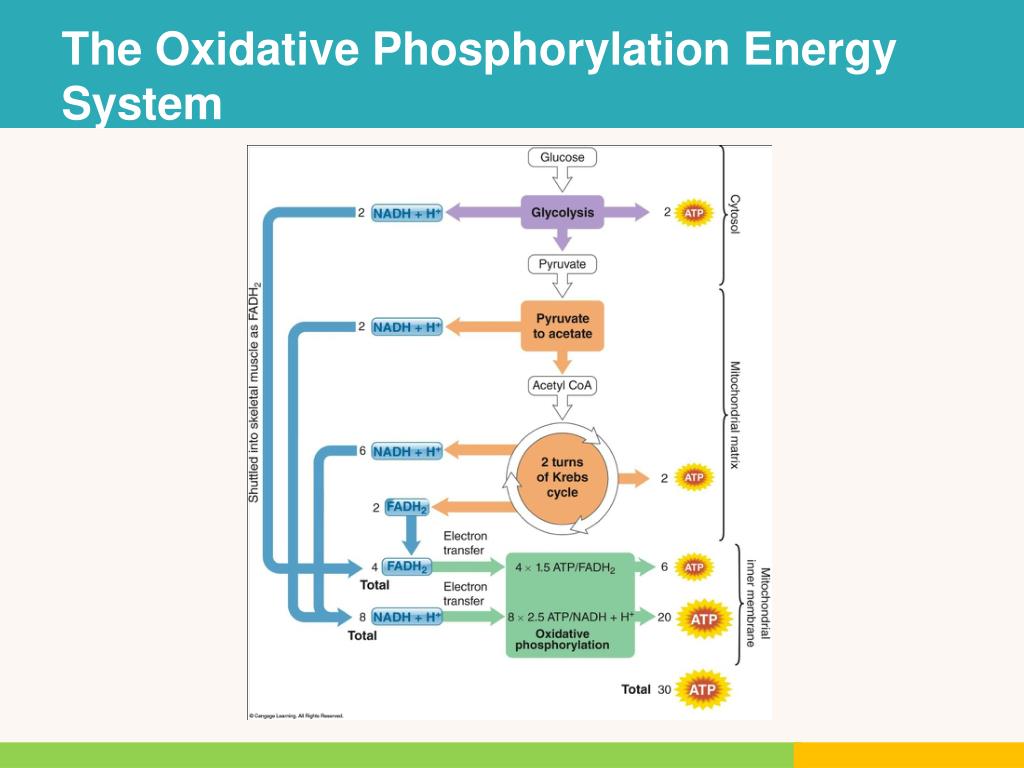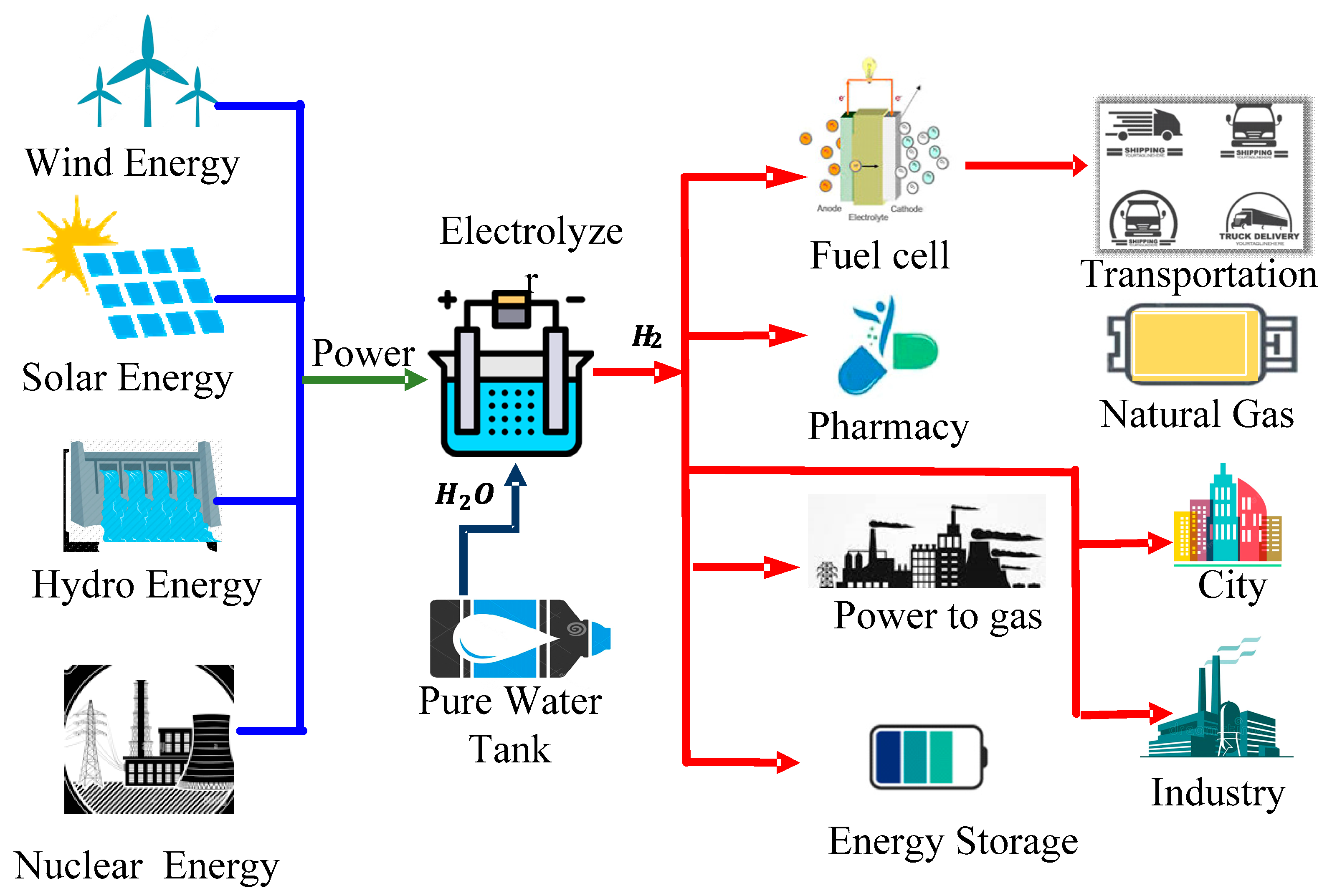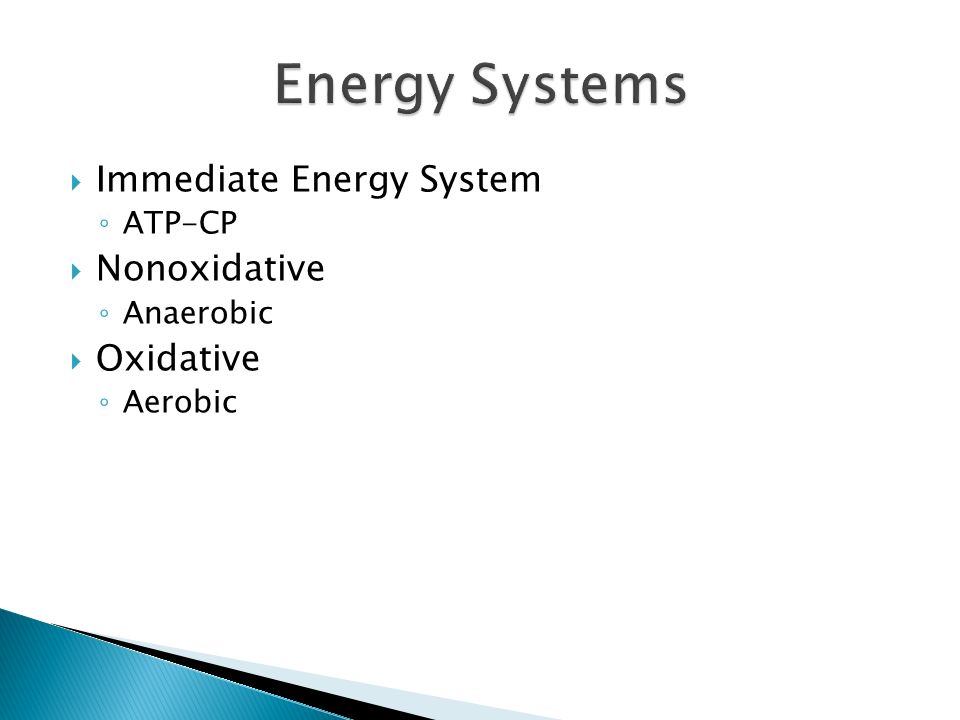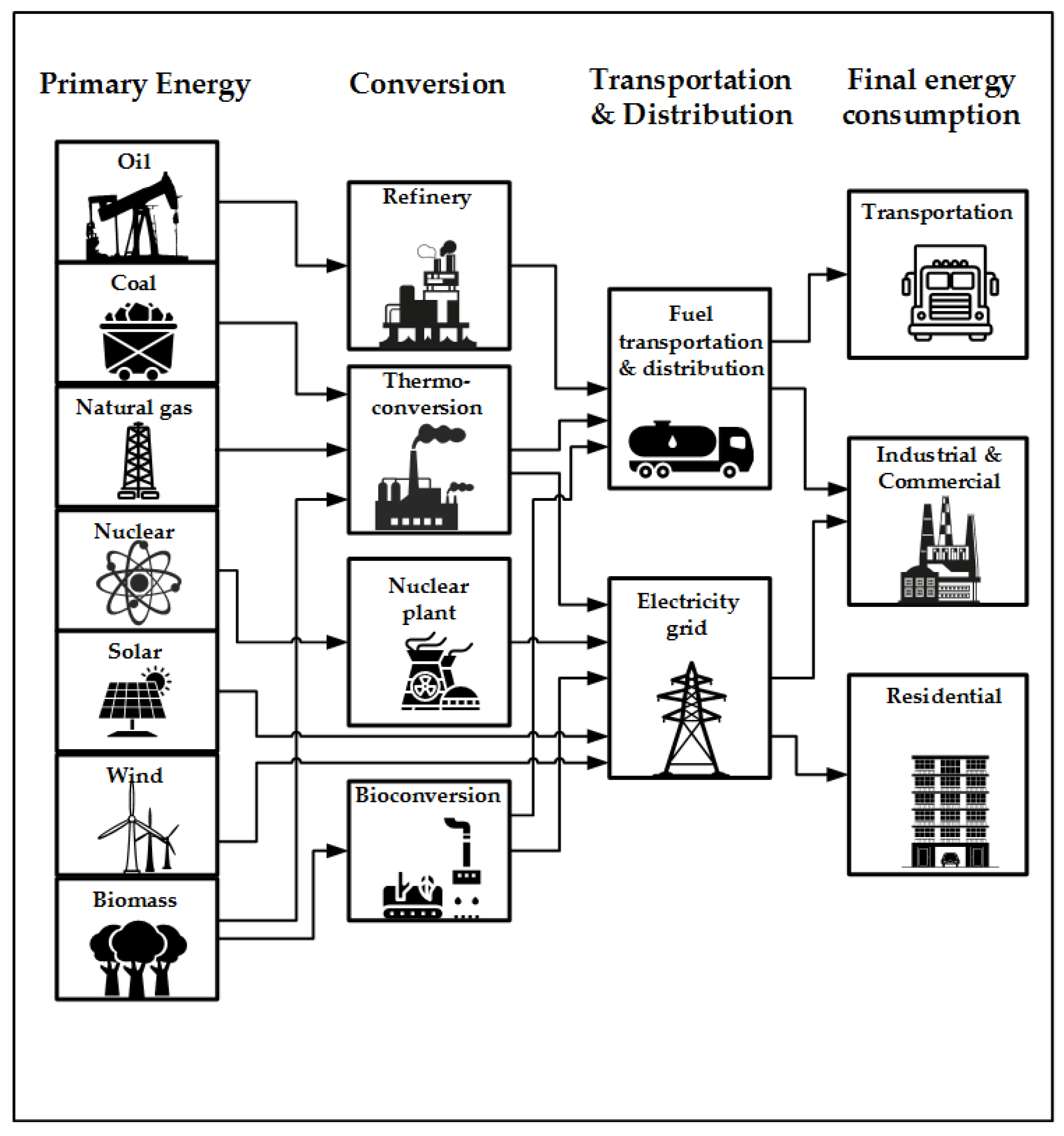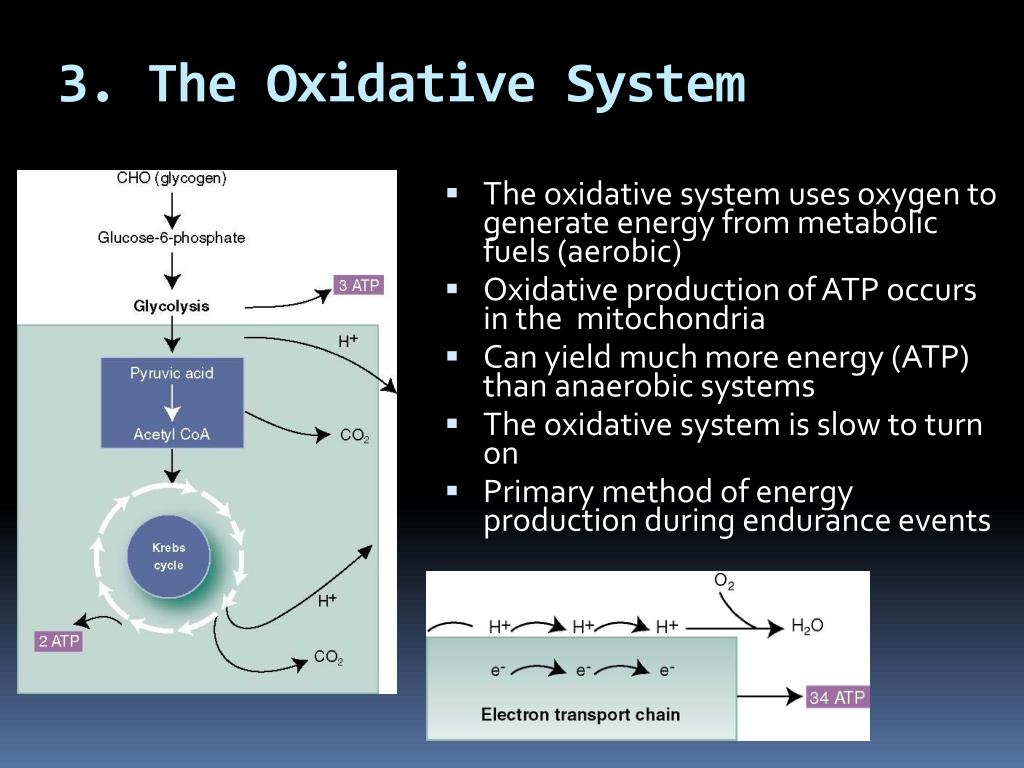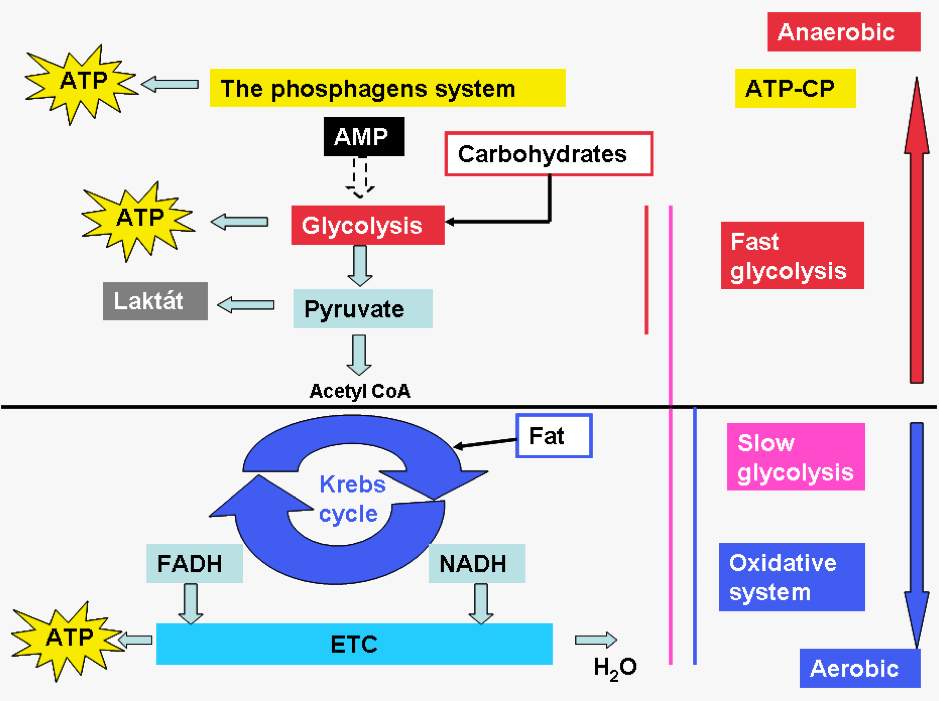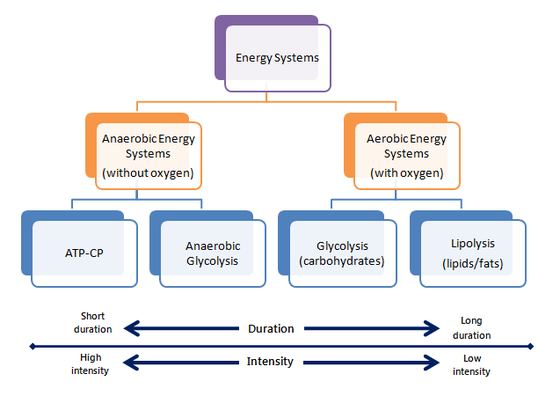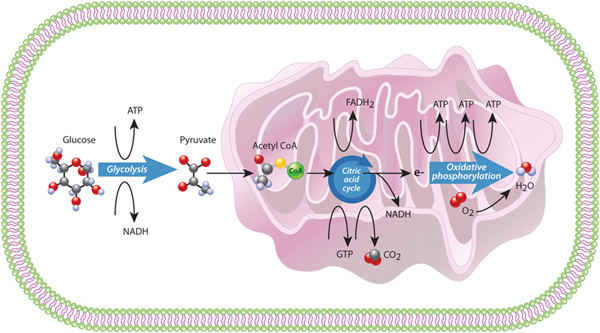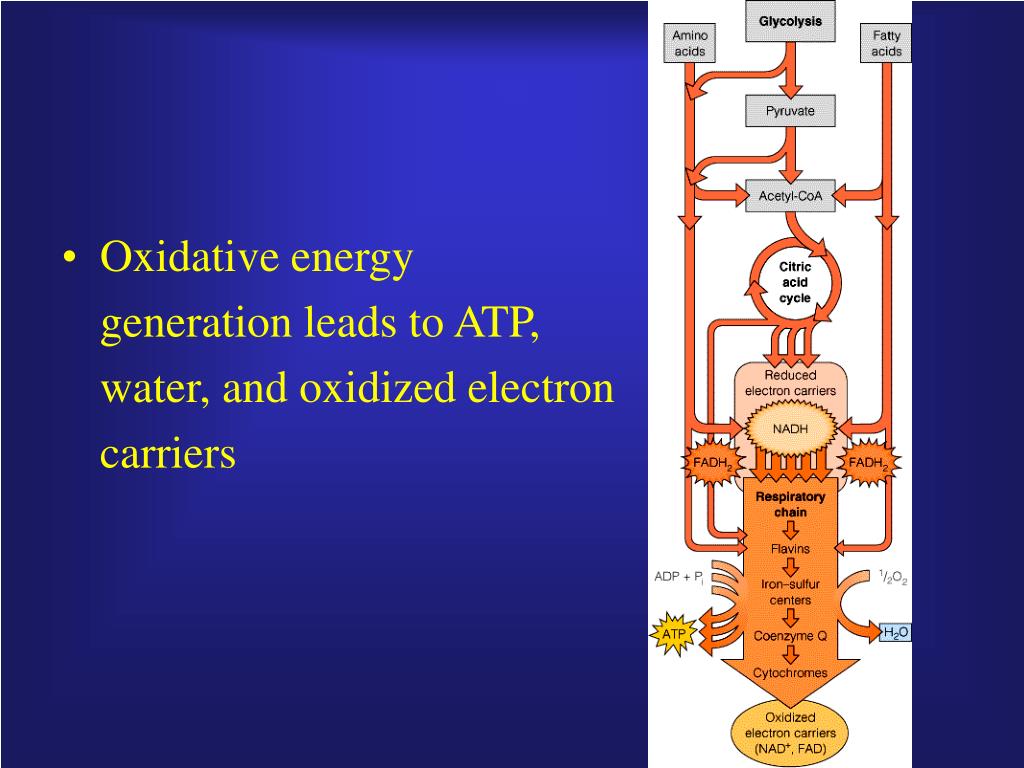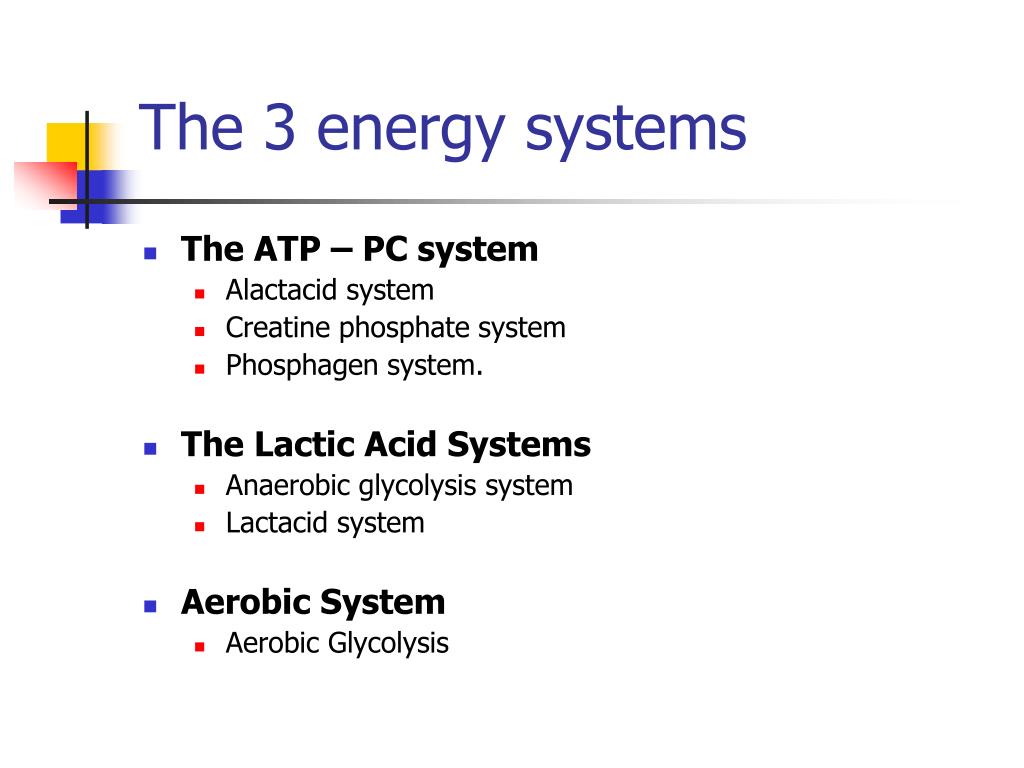The Non-oxidative Energy System Could Provide Energy For Up To

Scientists have made a groundbreaking discovery challenging our understanding of cellular energy production. New research indicates the non-oxidative energy system, previously thought to be negligible, can sustain energy production for a significantly longer duration than originally believed.
This revelation, potentially revolutionizing fields from sports science to disease treatment, demands immediate attention. It could reshape strategies for enhancing athletic performance and combating metabolic disorders.
The Discovery: Redefining Energy Limits
Researchers at the University of California, San Diego, spearheaded this study.
Published in the journal Nature Metabolism, the findings detail the prolonged capabilities of the non-oxidative, or anaerobic, energy system.
The team found that the system can supply energy for up to 150 seconds, significantly longer than the previously accepted estimate of roughly 10-20 seconds.
Challenging Textbook Dogma
For decades, textbooks have portrayed the non-oxidative system as a quick but short-lived energy source.
This system, primarily relying on glycolysis, was believed to rapidly fatigue due to the buildup of lactic acid.
The new research overturns this long-held belief.
Methodology: Unveiling the Truth
The researchers used advanced real-time metabolic monitoring techniques.
They tracked energy production rates in muscle cells during intense activity, both in vitro and in vivo.
This allowed them to accurately measure the non-oxidative system’s contribution to energy supply over extended periods.
Dr. Emily Carter, the lead author of the study, explained the team’s surprise.
“We initially expected the non-oxidative system to quickly diminish, as is the conventional wisdom,” she stated.
“However, our data consistently showed it sustaining a substantial energy output for well over two minutes.”
The Role of Lactate: A Reassessment
The research also sheds new light on the role of lactate.
Traditionally viewed as a metabolic waste product causing fatigue, lactate is now understood to be an important energy source.
The study showed that lactate produced during non-oxidative metabolism is efficiently recycled and used by other cells, prolonging energy production.
Implications Across Disciplines
The findings have significant implications for various fields.
Athletes could benefit from training strategies designed to enhance the efficiency and duration of their non-oxidative energy system.
This could lead to improved performance in sports requiring bursts of high-intensity activity.
Fighting Disease: A New Avenue
The discovery could also impact the treatment of metabolic disorders.
Understanding how to optimize non-oxidative energy production could offer new approaches to managing conditions like diabetes and heart disease.
Cancer cells, known for their reliance on glycolysis, could also be targeted with therapies that disrupt their energy supply based on this new knowledge.
Furthermore, Dr. Mark Thompson, a co-author of the study, emphasized the potential for personalized medicine.
“By understanding individual differences in non-oxidative energy metabolism, we can tailor interventions to optimize health and performance,” he said.
Where, When, and Who?
The key research was conducted at the University of California, San Diego over the past three years.
The findings were published in Nature Metabolism on October 26, 2023.
The core research team included Dr. Emily Carter, Dr. Mark Thompson, and several graduate students specializing in metabolic physiology.
Next Steps: Further Research and Development
The research team is currently investigating the specific mechanisms that allow the non-oxidative system to sustain prolonged energy production.
They aim to identify key enzymes and regulatory pathways involved in this process.
Future studies will explore how different training protocols and dietary interventions can influence the non-oxidative system’s capacity.
The findings have ignited a flurry of activity within the scientific community.
Researchers worldwide are now re-evaluating their understanding of cellular energy metabolism.
This discovery marks a pivotal moment in our understanding of human physiology, with the potential to unlock new strategies for improving health and performance.
The National Institutes of Health (NIH) has already announced funding for several follow-up studies.
These projects will focus on translating the new knowledge into practical applications.
The potential benefits are vast and warrant urgent and sustained attention.

